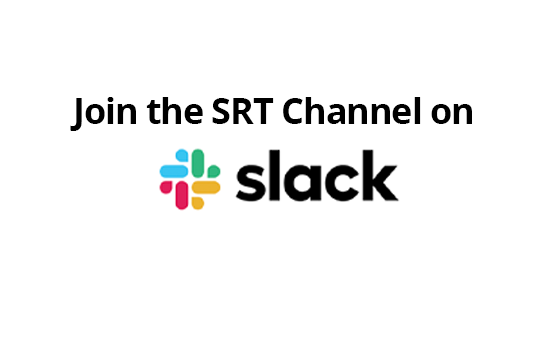Appear TV: Bringing Flexibility Front-and-Center with SRT
For fifteen years, Appear TV has been providing platforms for professional broadcast video contribution and distribution. Based in Oslo, Norway, the company outsources its hardware manufacturing to focus on its core; the development of flexible platforms for broadcasting and streaming for broadcasters, telcos, operators and other professional video transport buyers. Over two-thirds of the company’s 130 employees are focused on development.
In 2014, Appear created its patented X platform to better serve the contribution segment of the value chain. I spoke with Thomas Lind, the company’s Technical Sales Product & Support Director to learn more about Appear, its products, and their journey toward deploying open source SRT.
Lind explained that Appear’s X platform is all about flexibility in helping telco operators provide links between studios, or between event facilities and studios, or from an OB Van and a studio.
“Anywhere in the contribution chain where you need to distribute the video from one facility to another, over any kind of format, that’s where we shine. If you want to run uncompressed, which we handle, you need firewalling, you need protection links, you need redundancy in the transmission line. We do that. If you want light compression with Tico or Tico-XS we can do that, JPG2000 we can do that, or HEVC or AVC contribution formats. We can adapt to whatever the network and operation need.”
Appear’s SRT journey began with a customer request for secure, reliable, transport at a disruptively low-cost.
“They asked if we could provide this type of functionality. We knew of proprietary solutions at the time, but this customer was complaining that it was too costly in some cases. So, this was just right around the time Haivision published SRT as an open source. We saw this as very interesting.”
[Author’s note: You can download the free open source SRT software on Github right now. Some members have deployed it in just two hours!]
“Interestingly enough, we saw other customers requesting similar features for totally different applications. It started primarily with distribution customers, meaning cable and satellite operators. They began launching niche channels. They brought local channels into the lineup. And these were important for a segment of customers. Maybe not large, but large enough to count. So then they looked at: How can we acquire these channels in an affordable manner?”
They jumped into SRT with guarded optimism. As Thomas tells it,
“We thought, OK if we put a receiver there, and a sender there, maybe we can do this. We might see glitches, but given the economics, it could be good enough. And, they’ve been better than I expected, to be honest. Now, to be clear, we don’t operate these links in a 24×7 operation. But we haven’t had any complaints.”
In fact, Appear also ran a separate test at a customer training event in Bangkok.
“We sent a channel from Oslo to that event, over the public internet. And I must say it actually worked flawlessly if you set the buffer long enough. We had it somewhere between 1 and 2 seconds of latency. For that use case? 2 seconds delay? Who cares!”
Another strong use case Thomas talked about was in the contribution domain, from stadium to studio. Particularly in cases where the economics don’t allow for the seamless redundancy of two IP links.
“You have to rent those links – and it’s expensive. In this case, you use SRT as a back-up. You won’t be able to perform seamless switching between these, but you will have a back-up. You’ll encode your SRT feed much harder than your IP feed, you’ll feed it via the internet with a lower bit rate, but you at least have a feed. If your IP network collapses, you go to the SRT link, at least you can still provide your viewers with a picture.”
Thomas also talked about a third use case. It was an edge use case, but that’s why it serves so well to illustrate one of the most powerful impacts of open source – you can’t predict every use case where it might have a critical impact.
“It was one request, and I am not sure this was deployed, but one customer that had multiple studios and a permanent, fully redundant private IP link between these studios. But, as I understood it, they were looking for SRT to provide even further redundancy, to take advantage of the re-transmit. I’m not sure if they deployed that but I remember it as interesting.”
Ready to take a deep dive into the latest technical developments of SRT and learn how other companies are leveraging the protocol? Learn more by watching the SRT Open Source Technical Panel at IBC2019.


